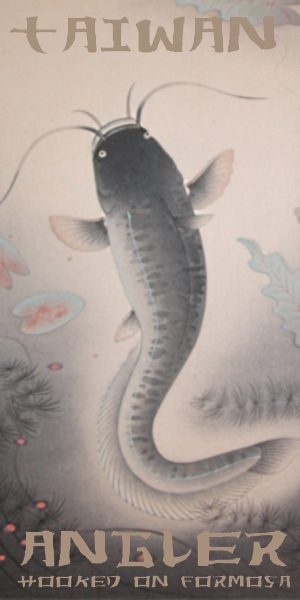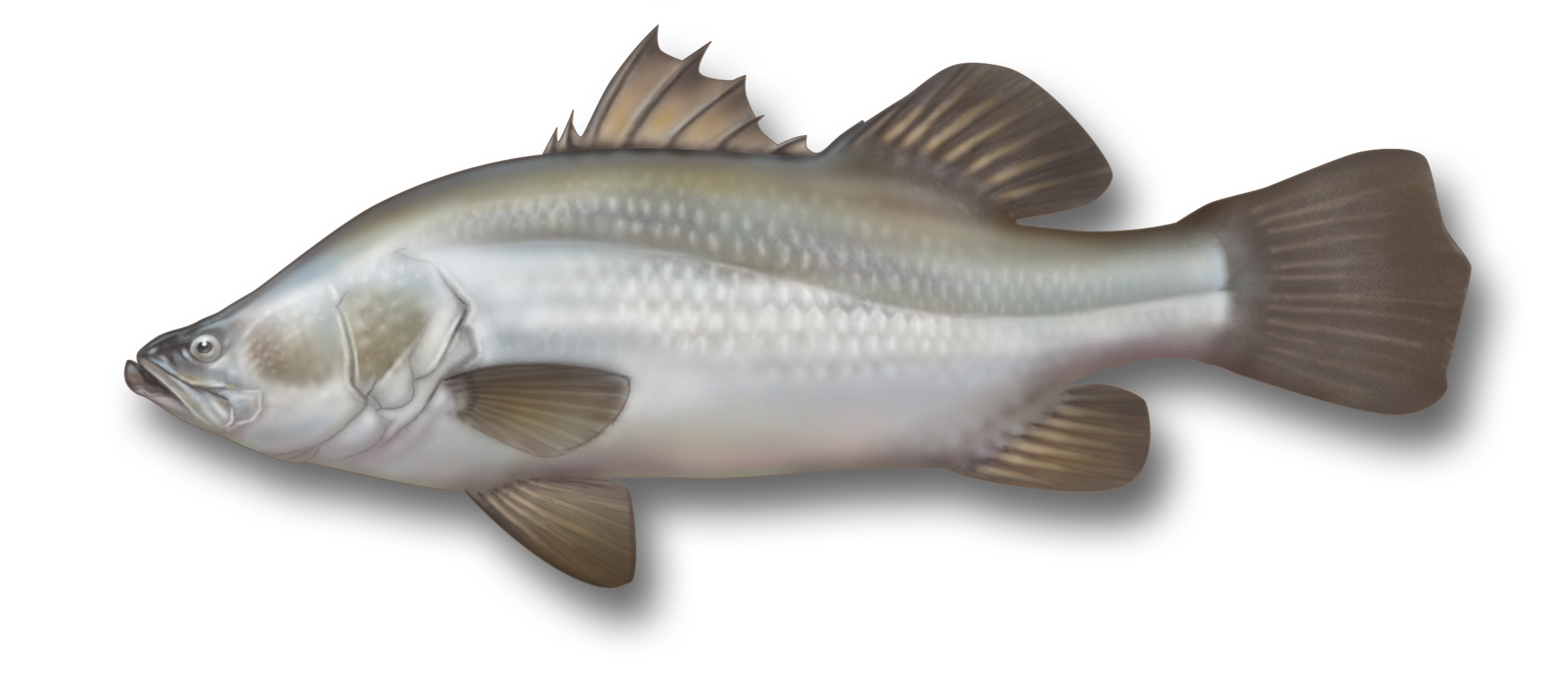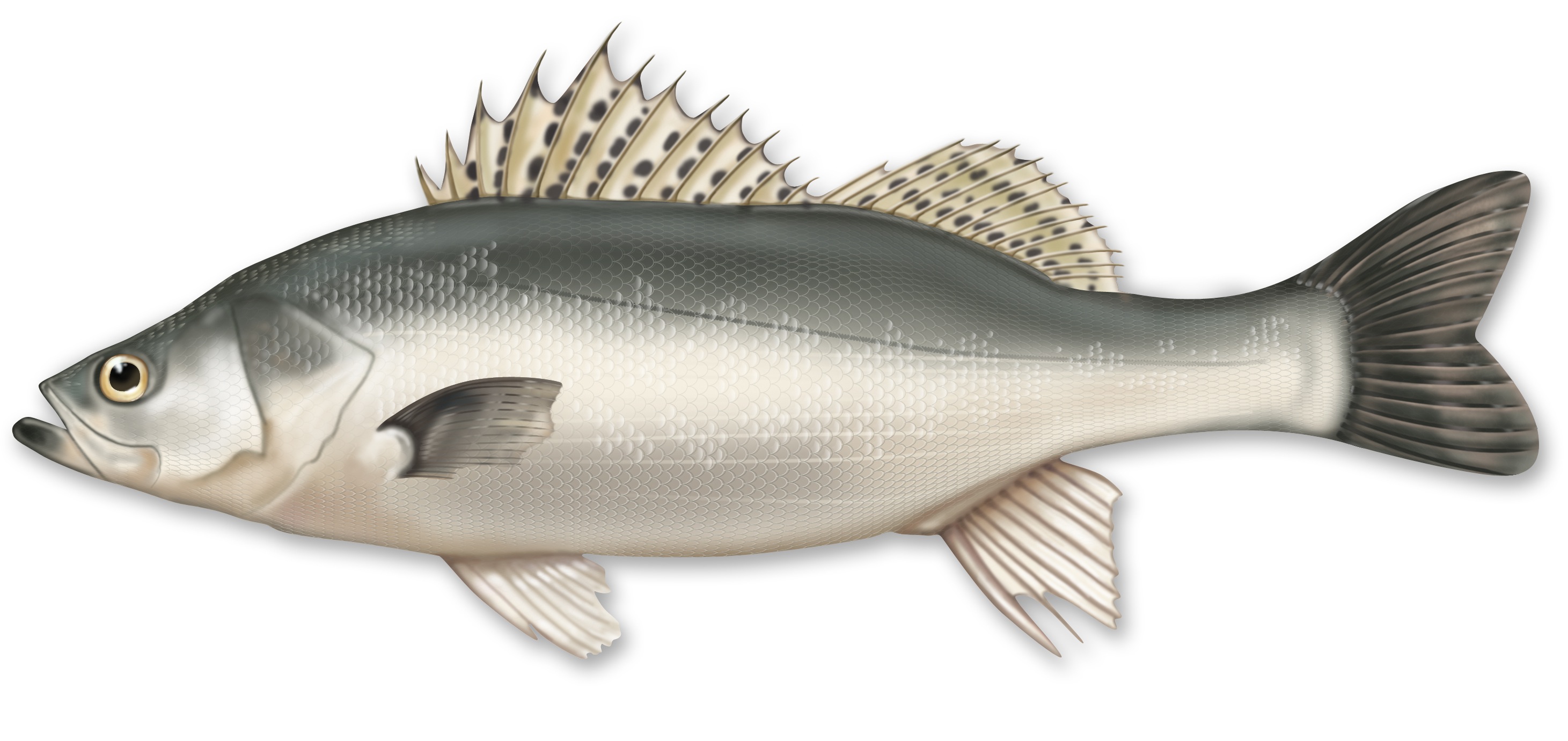Buzzing for Summer Snakehead
 Sunday, September 14, 2014 at 2:34PM
Sunday, September 14, 2014 at 2:34PM Bass anglers like to talk about the summer being the best time of the year for topwater action. The same seems to be true for snakehead, although its safe to say that most snakehead fishing is done on the surface regardless of the time of year. This time of year, however, snakehead seem paritcularly irritated by anything that flaps, wiggles or splashes across the surface. Maybe its because many of the fish are guarding schools of fry. Their hair triggers may be all the more sensitive.
This morning, revisited a pond I had not been back to for several years. Its near my home and I had written it off as containing nothing but tilapia. My error may have had to do with the fact that I was fishing the wrong baits on my last visit. This time I arrived with a tackle bag stuffed with frogs and buzzbaits.
I started off with the frogs and got a few promising strikes, but no hookups. Then I reached for a Booya Buzzbait that I had originally picked up up for bass fishing. A couple of casts parallel to a bed of weeds and water lettuce and a small striped snakehead hammered it.
Looking closer at how it was hooked and it was easy to see why the hookup had been easier then with the frogs. While fish seemed to target the legs of the frogs I had been fishing, usually missing the hook, this fish seemed to home in directly at the buzzbaits skirt which hides a sharp 2/0 long-shanked hook.
I switching locations on the shore and was quickly into two larger fish. These fish were hooking themselves without me having to worry about waiting until they took the bait all the way into their mouths. This can be a problem when using frogs on small to medium-sized snakehead, as they have smaller mouths than the bass many of these lures were designed for. Again, we are talking about smallish to medium fish, not the big toman and haruan found down south.
The only drawback to the buzzabaits is durability. A couple of hard hits from snakeheads and my Booya Buzzbait's wire was bent out of whack. It was almost impossible to bend them back perfectly straight.












